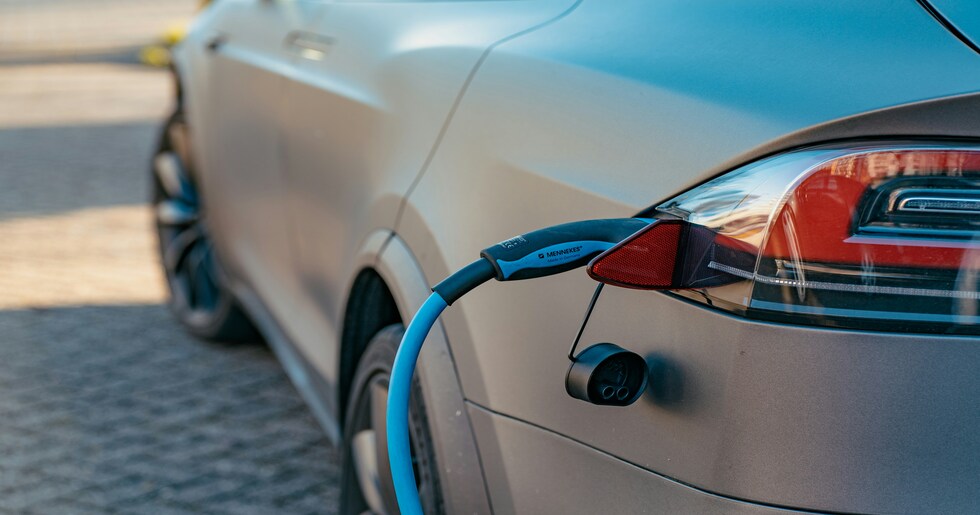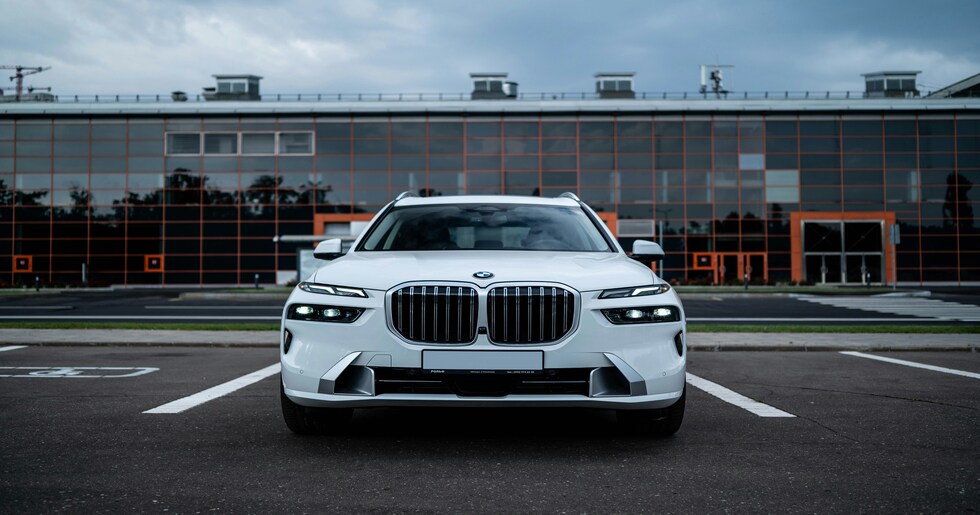Unsold Electric Cars Piling Up, Forcing Dealers to Sell at a Loss
Published on August 28, 2024By Laura M. (Contributor)
Contents


The electric vehicle (EV) market has shown remarkable growth over the past few years due to a rise in consumer interest about sustainable transportation, government support and battery technology advancement. On the other hand, due to a recent increase in EV production and shifting market trends (despite what we can read into those sales figures), there suddenly appear on forecourts to be more unwanted electric cars than anticipated. Auto makers are resorting to higher incentives, wider dealer markdowns and even selling cars at a loss in some cases. Here is a deep look into how this surplus has come to be, what it means for the automotive market and more importantly consumers.
1. Tesla and the Rapid Increase of EV Manufacturing
During the last decade, auto manufacturers have immensely increased their electric vehicle production to meet demand and emission restrictions. Tesla, Ford, General Motors and others have spent billions developing EVs with new models slated to fill spots across the market’s product segments — from compact cars all the way up luxury SUV sedans and trucks.
Better Model Selection: More EV models are available today than ever before, including a range of options to suit just about anyone. Take this as a sign of the market maturing to offer consumers choice in more ways than one, all while pushing for innovation within the industry.
Scaling in Production: Automakers are naturally scaling production as fast as possible to match anticipated demand - indeed, many auto makers have been building new plants or retooling existing ones at a furious pace. While demanded to grow rapidly — a prerequisite for the industry long-term health in reality, this has led to an over build of battery capacity that will take one or two more years before global demand can catch up.
2. Consumer Tastes & Economic Variables
There is still lots of interest in electric vehicles, but there are many reasons why dealers now have more unsold EVs on hand than they did before.
Economic Uncertainty: Higher interest rates, inflation and concerns about a possible recession are all making consumer think twice before committing to larger purchases. While an electric car saves money in fuel and maintenance over the long term, many people still look at their higher up-front price (vs a comparable internal combustion engine or ICE vehicle),as simply too expensive to buy.
Although battery technology has advanced and there are more charging stations in place, many buyers still have some range anxiety or lack of confidence in the EV infrastructure, detering them from making that switch. This hesitancy can be a drag on adoption, helping the unsold inventory in warehouses pile up.
Alterations in Incentives: Government incentives have been the largest rewader for purchasing EVs, so when these are slashed or if new means of qualifications develop it can impact consumer and other electrical buyers. The decline in sales followed what may have been a surge of demand before incentives were reduced/DELAYED.
3. The Impact on Dealerships
Dealers now face the reality of needing to work through excess inventory that can otherwise hobble their finances and force them out of normal business operations.
Lower Prices and Buyer Incentives: Dealers are offering deep price cuts, rebates and other incentives to help sell their stocks of unsold EVs. There are dealers that say this is even eating into enough profit they're actually losing money when selling some of these cars. That's unique in an industry where margins are generally thin and dealers need to keep prices down over all.
Issues with Inventory Management — Once these electric cars begin to log unsold time, it does not only add volume of vehicles on the lot but dealerships have endless headaches when storing and trying to keep vehicle condition in good shape. The longer dealers hold on to untitled units, the more depreciation and holding costs they incur.
Manufacturers: manufactures, chasing volume and keeping production lines running as well as hitting sales targets may project dealers to digest excess inventory than they could sell. That could worsen the oversupply situation, one that is already resulting in additional cuts to prices and as noted financial instability at some dealers.
4. Opportunities for Consumers
This available inventory of unsold new electric vehicles represents an unparalleled opportunity for consumers to acquire a brand-new EV at the fraction of the original price.
Sensational Discounts: Dealers are slashing prices to move inventory, which may mean it could be less expensive than ever before to roll off the lot in a new EV. With an EV, for certain models buyers might also buy the car at lower prices than those listed as a manufacturer's suggested retail price (MSRP).
Negotiating Power: Because there is a higher supply of cars right now, consumers can have the upper hand when it comes to negotiating with dealers. Shoppers have a number of available options and can request multiple offers from different dealers, while haggling for things like free charging credits, extended warranties or complimentary maintenance packages.
High-End Models: The glut is not relegated to strictly low-cost models; there are plenty of luxury and high-performance EVs in excess inventory. When combined with strong incentives, that means the outlier in new vehicles could be a frugal choice—or automotive enthusiasts and marques can play their hand too—a win-win.
Electric Vehicles (long-term Savings): Over and above immediate purchase discounts, electric vehicles make excellent sense if fuel charges, servicing costs as well its insurance premium remain on the lower side. That only sweetens the pot for value hunters.
5. The Future of the EV Market
That said, the current glut of unsold electric vehicles and incentives it requires for dealers may be a concern in the short term — but only if you think EV markets should operate by normal rules.
This is just a market correction – the oversupply in this instance should not persist very long, as the demand of supply would increase with time that can meet up to production rate. With greater public acceptance and an expanded array of places to charge, more EV drivers can be expected as consumer demand gains further traction.
Competition and Innovation: A wider range of models from more automakers is spurring innovation in the EV space. This not only benefits the consumers with better vehicles, less cost and higher technology levels.
Go Even Further: Governments and automakers are still working toward long-term sustainability goals, with many countries establishing plans to eliminate ICE vehicles for all-electric ones. The green field for EVs in this regulatory environment will carry on whether or not there is a short-term course correction.
In conclusion, a one-off buying opportunity
This is also a rare moment in time when having an inventory of unsold electric cars can work to the consumer's benefit: new EVs could be had at huge discounts right now. The current time is a perfect one for those who think about the transition to electric driving because you can dive into it, save substantially and start using an EV thanks to all incentives that are available in 2021.
While the oversupply may causing some near-term headwinds for dealers, it's also a clear indication of how quickly electric and electrified vehicles are rising to dominate the automotive industry. Both consumers and vendors will face different dynamics in electric vehicle manufacturing, as well continue to change across the market. Nevertheless, the current state of things means buyers who know what they are looking at can drive away in a leading-edge electric car for an unheard-of price.





